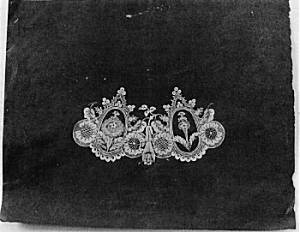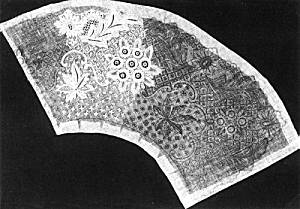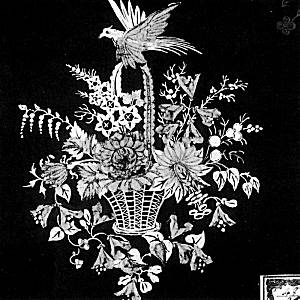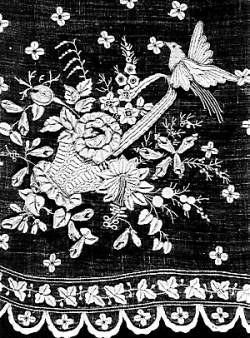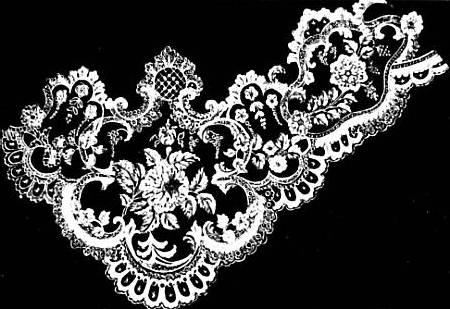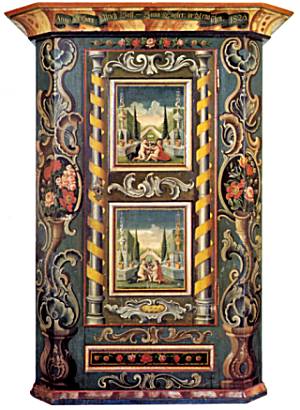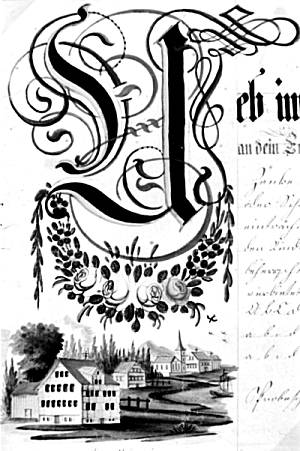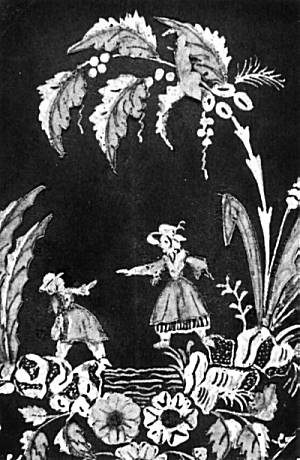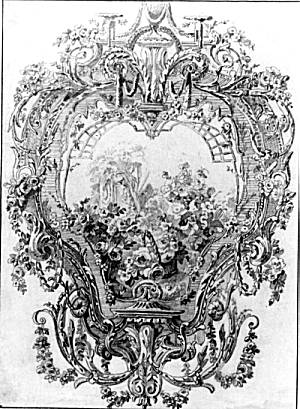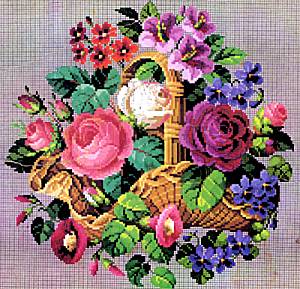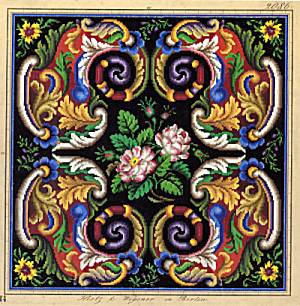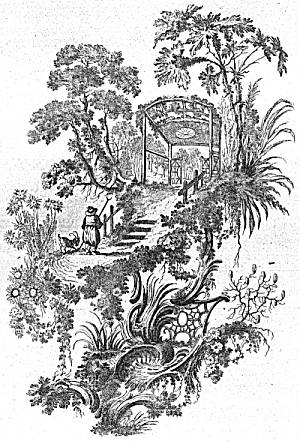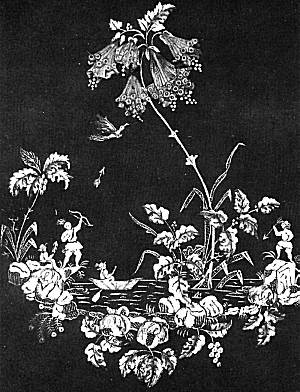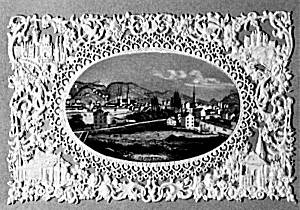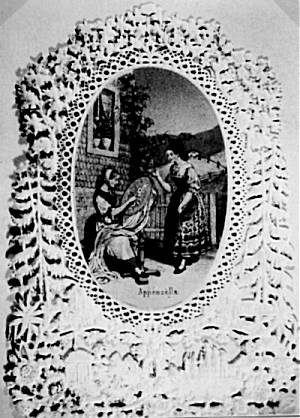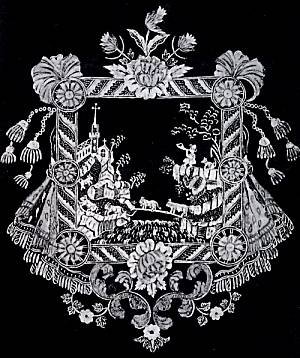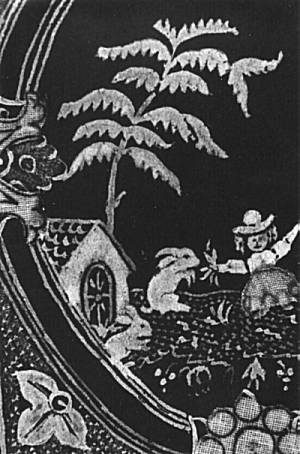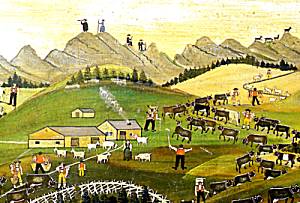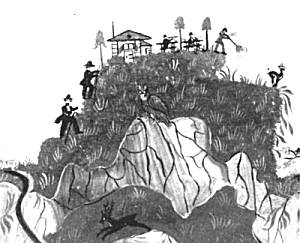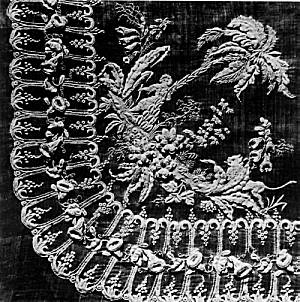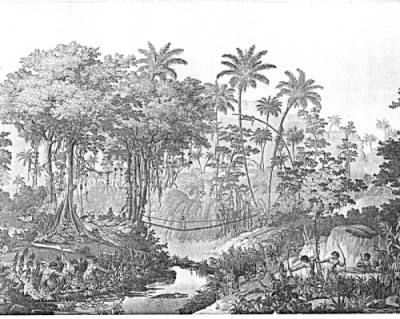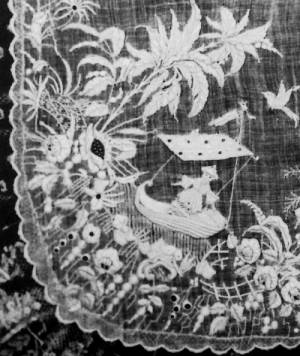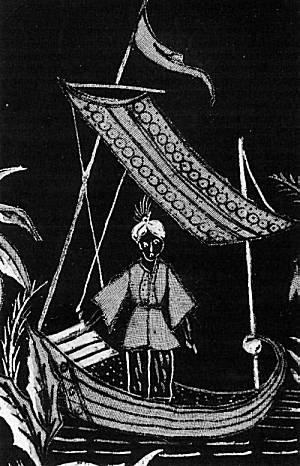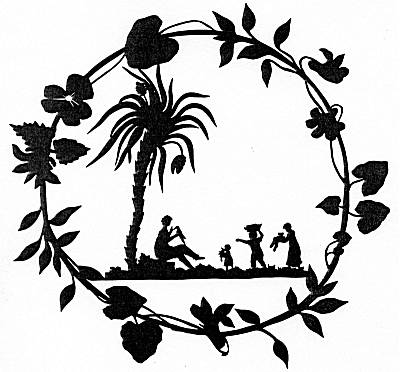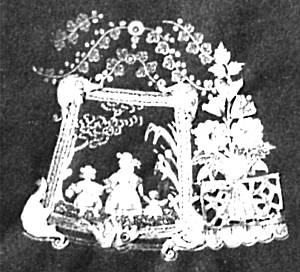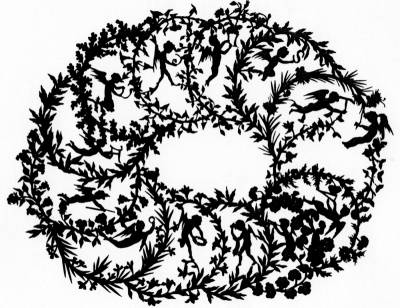| |
Willi Koch
was born in 1823, he was a designer and he settled in St.
Gallen in 1857. His wife was Dorothy Ochs, they had 2
children.
In the Journal of St. Gallen of August 4th 1866 another
trace of W. Koch could be found. In an advertisement he
offered sewing machines. It seems that he was more
successful with this firm - it can be found in the
addressbook of the city up to the end of the century:
in 1897 the name is Koch-Ochs, Wilhelm
in 1899 the name is Koch-Ochs, Dorothy, widow
Willy Koch died on november 13th, 1897.The years
of Kochs's early embroidery business were very
important ones. The Swiss Federal constitution of 1848
brought a standardisation of measurements, of money, of
the postal system. Therefore the time to establish new
enterprises was favourable. Hand embroidery at that time
had already been known for 100 years in and around St.
Gallen. In 1851 Swiss hand embroideries were very
successful at the Great exhibition in London. But in
those years another technique became more and more
important - it was machine embroidery. The world
exhibition of 1862 in London showed these new and
inexpensive products. Times for handembroidery became
very hard and many companies were not able to survive.
Hand embroidery moved back into the mountainous part of
Appenzell where it has survived as a cottage industry up
to the present days.
Let us go back to Willi Koch and his designs.
His works of art are very fine miniature paintings,
executed with white paint on brown or blue paper. In
addition,
|
|
parts of preprinted fabrics
were pasted to the same brown paper. In this way he
imitated relief embroidery and lace decoration. It can be
said, that the designs for fine application embroidery
were his special effort. Supposedly the finished works
of art must have been very expensive and therefore not
easy to sell.
I am now going to show some of the designs and compare
them with dated works of applied arts of the region. We
can distinguish 2 main subject groups, which are:
- flowers and ornaments, and
- landscapes with figures
Flowers and ornaments:
Koch liked the motif of the rocaille very much. Generally
these motifs of the 18th century still existed in the
rural parts of Switzerland in the 19th century. The
following 3 examples illustrate this fact:
- example of a painted cupboard
of 1830, made around the time of Willhelm
Koch birth
- certificate of baptism or examination
papers from the eastern part of Switzerland from
1830 to 1860 show that the motif was still in use in
everyday applied art
- at the end of the 19th century we
still find the Rocaille in drawings by Johannes
Stauffacher. He was a teacher of design in the textile
museum. In 1897 Stauffacher's "studies" were
published and there he writes about
the ".... heavy Renaissance and Rococo
"squiggles" of the designers and architects
that impressed us for too long and ruined our taste
..."
|
